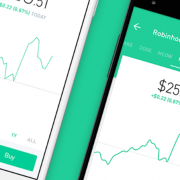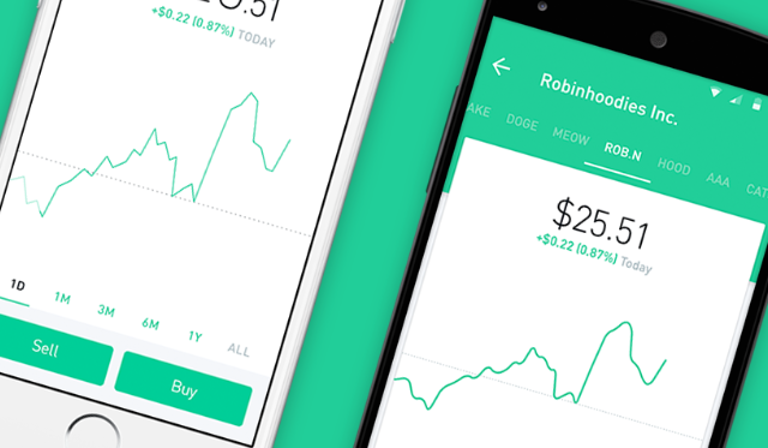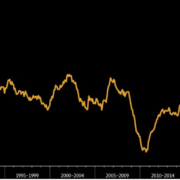In our world of the stock market, one of the big trends that are taking place is not only the digitization of the whole economy, but the secondary effect of a giant tsunami of day traders that are opening day trading accounts with their stimulus checks.
This is moving markets and we must take note!
One thing almost universally preventing day traders from day trading is that it’s a hard hobby — and make no mistake, that’s what it is — to combine with a 50-hour-a-week job or full-time studies.
With the real unemployment rate almost surpassing 20%, there are tens of millions of Americans sitting around doing nothing.
At the same time, many entertainment options revolving around communal gatherings are cancelled for the foreseeable future.
There is undeniable evidence that many of the newly minted day traders are simply frustrated sports gamblers seeking a new addiction.
All this fuss with the growth of apps that, like Robinhood, offer commission-free trading, making it seem all but painless to enter the market and join us professionals at riding this bucking bronco.
This confluence of factors creates a perfect storm for uninformed day trading and brazen risk trading.
Watching the markets on a day to day basis, I can vouch that there is some peculiar price action taking place.
One example: Stocks of companies that file for bankruptcy almost always plunge to near zero for the common-sense reason that they are worthless.
But shares in bankrupt car rental giant Hertz, which should be moribund, exploded from 56 cents per share to more than $5 this month, before falling to less than $2.
I welcome the added volume in the market place, and the increased liquidity means the chances of the market lurching higher increases too, which we have seen with the S&P 500 index reaching new all-time highs partly fueled by the day traders' willingness to dive head first into monopolistic tech stocks and even penny stocks like Hertz.
Also, remember that many of these fresh day traders are Millennials who have an inherent bias towards the tech sector because they literally grew up with it in the palms of their hands.
Studies have shown repeatedly that the typical investor had odds of 0.5% of consistently beating the market.
The increased knowledge of this fact is what has driven the widespread move over the past decade into index funds that replicate such things as the S&P 500.
Robinhood, the stock-trading platform that popularized free trades, grew its user base from 1 million users to over 13 million in just four years.
That explosion of new subscribers forced older online brokerages to offer free trades, destroying their business models and forcing them to consolidate or go extinct.
With no knowledge about financial markets, how are these new traders placing their capital?
Robinhood regularly updates its list of the 100 most popular stocks that Robinhood traders put their money in, which predictably include big tech companies like Amazon (AMZN), Microsoft (MSFT), and Google (GOOGL).
Crazy or not, this list is the rough guide to new traders on where to invest.
Peloton (PTON) is another tech stock that has made this crisis their heaven by frontrunning the shelter-at-home trend, selling a treadmill with a screen on it and hooking up subscribers to fitness classes.
Not a brilliant model, but it will do for now.
They are on the top 100 as well.
I was highly bearish on Peloton before the crisis, but the virus has pumped life into the business model that was marginal at best when the lack of differentiation didn’t allow investors to put a higher premium on this stock.
Other stocks like GoPro (GPRO), Fitbit (FIT), Lyft (LYFT), and Uber (UBER) are pegged as companies that aren’t popular in the data.
GoPro labored to expand beyond its core market of outdoor enthusiasts and failed to pull mainstream users away from increasingly powerful smartphone cameras. Fitbit handed over the low-end market to criminal organizations like Chinese Xiaomi and ceded the high-end market to premium smartwatch makers like Apple.
Google agreed to acquire Fitbit last year for $7.35 per share, but that deal is now being closely scrutinized by U.S. and EU regulators.
If the deal is killed, expect a massive sell-off in Fitbit.
Without Google, Fitbit would be in serious trouble: Its revenue fell 23% annually in the first half of 2020 and it remained deeply unprofitable. Fitbit's share of the wearables market also fell from 7.8% in 2018 to 4.7%
The popularity or unpopularity of these stocks directly correlates to additional volume spiking in these names.
There is no coincidence that these “popular” stocks are some of the market winners of the Covid era and it will continue that way until the next market-changing event hits.
Not only do I love investing in tech stock, but the silver-haired investor loves it; and now we have data points with convincing evidence that young people are pouring their savings into the U.S. tech sector.
At some point soon, Americans won’t be able to achieve a middle-class standard of life unless they are leveraged deeply into the tech sector via the stock market.
Imagine if that market crashes, and the pain it would incur. We would go from a rapidly shrinking middle class to no middle class in a blink of an eye.
Welcome to the high stakes world of 2020!




